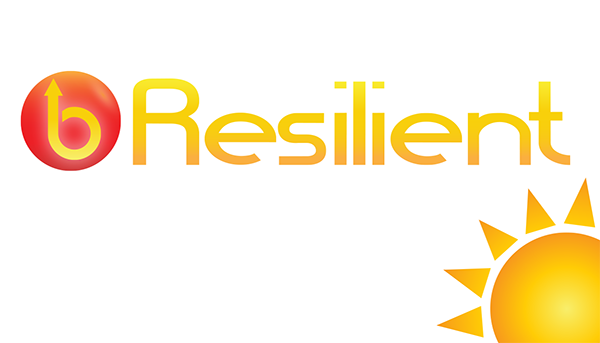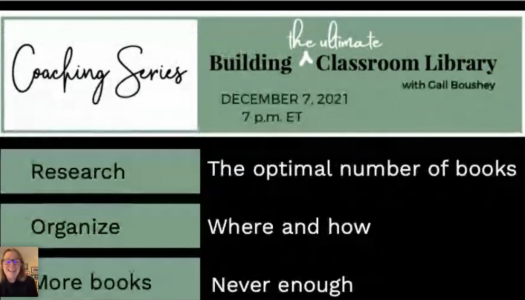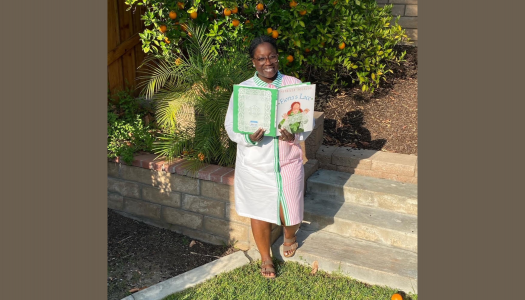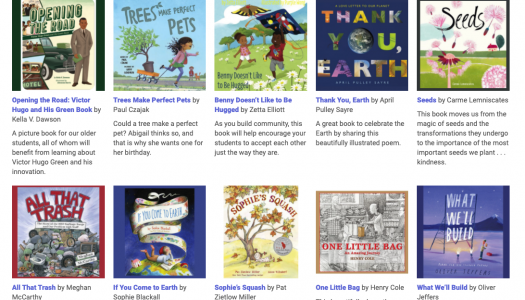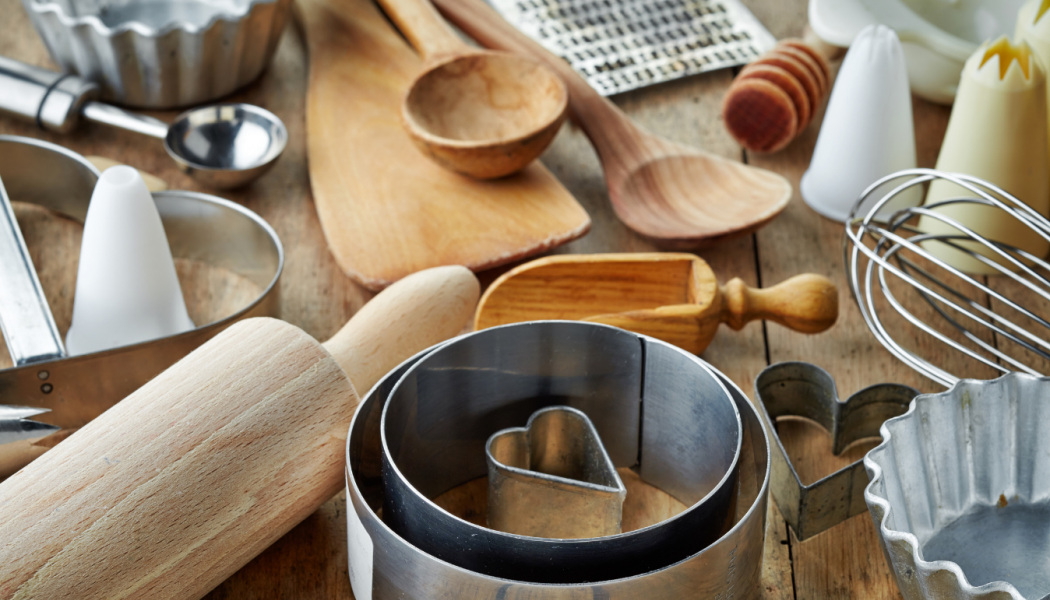
Lori Sabo
If you’re a fan of the Great British Bake Off, you know what an honor it is to be selected Star Baker. I haven’t had the honor, but baking is one of my favorite hobbies, and I have three tools that are my go-to resources for creating beautiful baked goods: a dough whisk, a bench scraper, and a kitchen scale.
In the midst of measuring the other day, the batteries inside my scale went out. I flipped it over and scoured the junk drawer for a screwdriver small enough to loosen the tiny screws that hold the small battery door in place. I tried a little flathead, then chided myself, because the correctly fitting Phillips screwdriver was only a few steps away. After retrieving it, I replaced the batteries. The tool that matched the job made quick work of the task at hand so I could get back to baking therapy.
As I replaced the batteries, the article Gail and Allison recently wrote about fidelity came to mind. Like my baking tools, our teaching resources are just that: tools. I don’t use my favorite kitchen items with every recipe, and I don’t always use them in the same order. I use the right tool at the right time to aid in producing something beautiful.
I remember being engulfed in a feeling of inadequacy when I was a young teacher, and using a program as a life buoy. But as I grew more experienced, I developed a skill that is as beneficial in teaching as it is in baking. Know the desired result, know the current need, and know which tool will provide the right assist.
In a classroom, the desired result might be instilling a love of learning, creating lifelong readers, or developing passion and voice in writing.
Current needs are discovered through formal and informal assessments, and often through casual, focused one-on-one conferences.
With a goal in mind and a need identified, we can choose the right tool from our selection of resources. Our fidelity is to the learner. Our resources are simply tools to foster the desired outcome. Why would I do lesson 2.3 because I did lesson 2.2 yesterday, when a picture book might serve as the perfect mentor text for young writers?
In a November 8, 2021, podcast, Sarah Mackenzie said it this way: Consider what a tool is. A hammer is a tool. It is not beautiful in itself. It is a tool that is used for something more beautiful than itself. We use the hammer to build a deck, repair something, or hang a picture. We don’t put the hammer on a shelf to admire. In the same way, our curriculum and methods are tools. There is nothing innately beautiful about our curriculum, lesson plans, and so on. They just help us build the more beautiful thing: the education and hearts and minds of our kids. If our tools aren’t helping us, we need to evaluate the tools, and we need to use the tool that matches the need.
If we get to know our resources and students really well, we will begin to match them more proficiently each time a need arises. My baked goods will be gone in a day, but in our classrooms, we have a chance to infuse learning that will last a lifetime. And that is better than getting Star Baker any day.
News From The Daily CAFE
Building the Ultimate Classroom Library—Coaching Replay
Diversity, Equity, and Inclusion Through Literacy
20 Picture Books We Love
